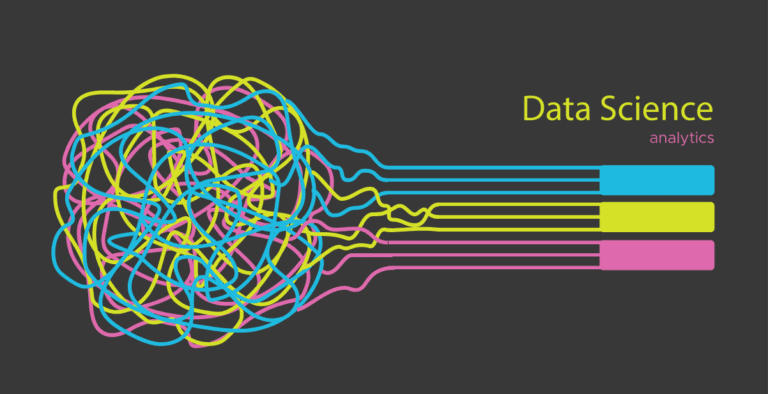Qlik introduces Qlik Application Automation. With the new no-code solution, the software company is pushing the boundary between Business Intelligence and the subsequent automation of SaaS applications.
Among other things, Qlik Application Automation enables users to recognize and follow up events in datasets with automated actions in hundreds of compatible SaaS applications. The latter enhances the primarily analytical and visualization capabilities that Qlik was initially known for – and is thus a significant move.
Qlik is moving from Business Intelligence to business automation, as foreshadowed by the recent introduction of Qlik Active Intelligence. Qlik Application Automation completes the circle: where Qlik Active Intelligence facilitated insight into data with triggers such as visual alerts, Qlik Application Automation enables organizations to automatically translate data into actions through the various SaaS applications that organizations run on.
Blendr.io at the core
Both Qlik Active Intelligence and Qlik Application Automation are the partial results of Qlik’s acquisition of Blendr.io. The acquisition took place in October of last year. Blendr.io’s iPaaS technology, since then part of Qlik’s platform, serves as a foundation for the (further) development of Active Intelligence and Application Automation.
No-code
Saving time is the primary goal of automation. In this light, Qlik’s choice of a “no-code” design should come as no surprise. Qlik Application Automation is configurable with a drag and drop system. Setting up an automatic action in one of the hundreds of compatible SaaS applications is as simple as dragging two blocks: one for the trigger (event), one for the action (command for a SaaS application).
The technology for this “no-code” design of Application Automation was — in part — obtained through Qlik’s recent acquisition of Big Squid.
Qlik Application Automation is available through Qlik’s Cloud analytics platform as of October.
